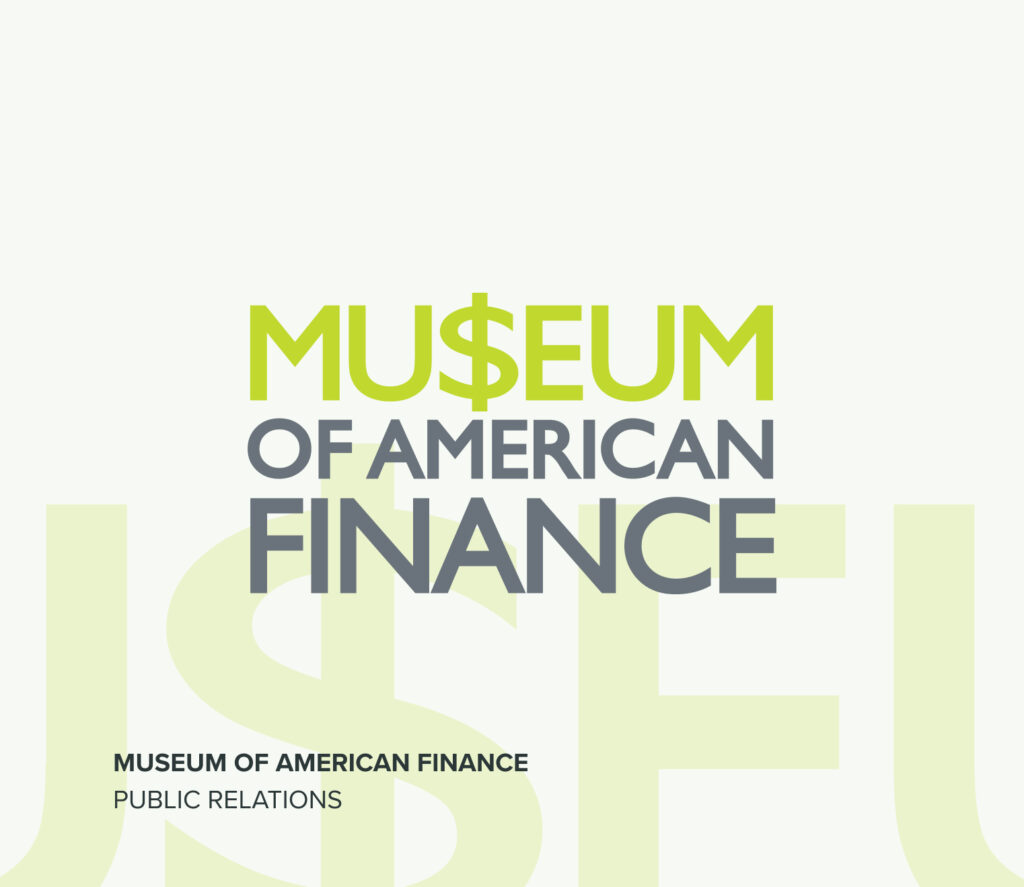Previously published on May 10, 2022 in
By Nicole Schuman, Senior Editor at PR News
The phrase “Your 401k” trended far and wide on Twitter yesterday (May 9) in response to a tweet Rep. Jim Jordan of Ohio sent.
Your 401k misses President Trump.
— Rep. Jim Jordan (@Jim_Jordan) May 9, 2022
While the post generated more than 100,000 likes, it also received a deluge of replies disagreeing with the congressman. However, something many can agree on is that no one wants to even peep at their 401k, savings or investment portfolios now—if you are fortunate enough to have one.
No matter their politics, everyone seems to have headaches and anxiety about the current state of their finances. The Dow Jones industrial average continues to tank, dropping more than 4,000 points since the beginning of 2022. Falling for a fourth straight day today (May 10), the Dow is not alone.
Standard & Poor’s 500 index hit a 52-week low Monday, though it creeped up today. Cryptocurrency also continues its free-fall. “The Week” reported Bitcoin “down more than 50 percent from its peak of around $69,000 in November 2021.”
And gone are the days of pensions and employer safety nets. So, investments rank high in preparing for the future and retirement. Unfortunately, the financial drop is not helping. A Motley Fool study from 2019 says Americans average $65,000 in retirement savings—a far cry from what they’ll need for years of retirement living. Forty percent of Americans feel they won’t be able to retire, particularly with pandemic-related financial setbacks.
Calming the Savings Seas
Consumers, investors and savers obviously are concerned. And stuck in the middle of all this are financial platforms, banks and advisors. Communicators, once again, will answer the call and serve as the cavalry in a sea of confused and worried clients.
Eric Hazard, managing director at Vested and CEO of Vested Ventures, says the current market fluctuation should not phase most corporations and financial institutions—especially if they have a long-term strategic communication plan. That plan can help maintain positive communication with clients and shareholders during these volatile times.
“These entities need to be proactive, rather than reactive, to develop this plan so that when market volatility hits like we’re seeing today, there is a system in place that will help to steer shareholders and clients in the right direction,” Hazard says.
Hazard identified fundamental components that should be included in a strategic plan:
- Strong messaging: Communication should “stress long-term value of keeping investments in the market, that these downturns can be cyclical and are normal, and leaving the market too fast could be detrimental.”
- Have a statement: “In periods of volatility, these entities should have a statement that’s ready to be distributed to shareholders/investors, providing an analysis of the market today, thoughts on future movements, and messaging emphasizing the long-term value of their investments.”
- Do not ignore social media: “Make sure to communicate via owned channels, including your website and social. Harnessing the power of owned media is critical to reach shareholders/investors quickly and with accurate information.”
And customers can, and will, reach out on social media—so what’s the best way for financial organizations to proceed if they are bombarded with questions or upset customers? Hazard says social feedback should be seen as an “opportunity” for financial advisors to engage in one-on-one conversations and provide positive next steps.
“Companies should look at feedback as an opportunity for strategic business planning,” he says. “They should use social media monitoring to gauge customer/public sentiment, share these feedback with executives and put strategic plans in place to address any areas of concern for their core audience.”
Nicole Schuman is senior editor for PRNEWS. Follow her @buffalogal



